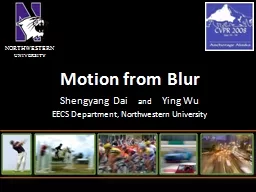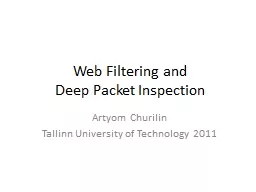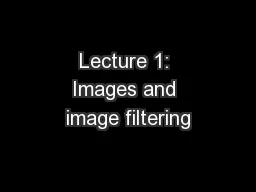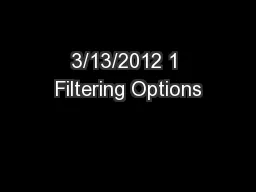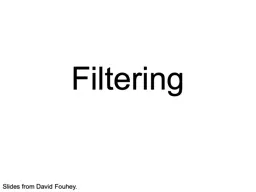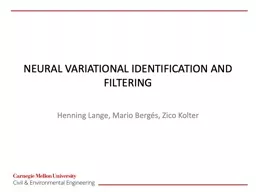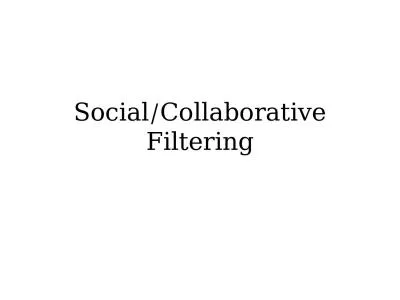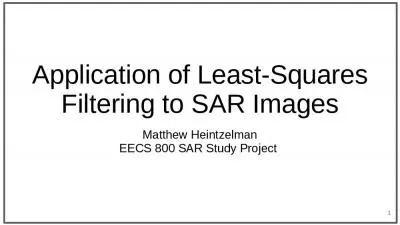PPT-Image Filtering – Motion Blur
Author : min-jolicoeur | Published Date : 2016-09-03
Ivan Dimitrov 5082012 Filtering in g eneral Widespread Suitable for Dataflow Easily upgradable 211 Applying the filter To apply the filter on the current pixel
Presentation Embed Code
Download Presentation
Download Presentation The PPT/PDF document "Image Filtering – Motion Blur" is the property of its rightful owner. Permission is granted to download and print the materials on this website for personal, non-commercial use only, and to display it on your personal computer provided you do not modify the materials and that you retain all copyright notices contained in the materials. By downloading content from our website, you accept the terms of this agreement.
Image Filtering – Motion Blur: Transcript
Download Rules Of Document
"Image Filtering – Motion Blur"The content belongs to its owner. You may download and print it for personal use, without modification, and keep all copyright notices. By downloading, you agree to these terms.
Related Documents



